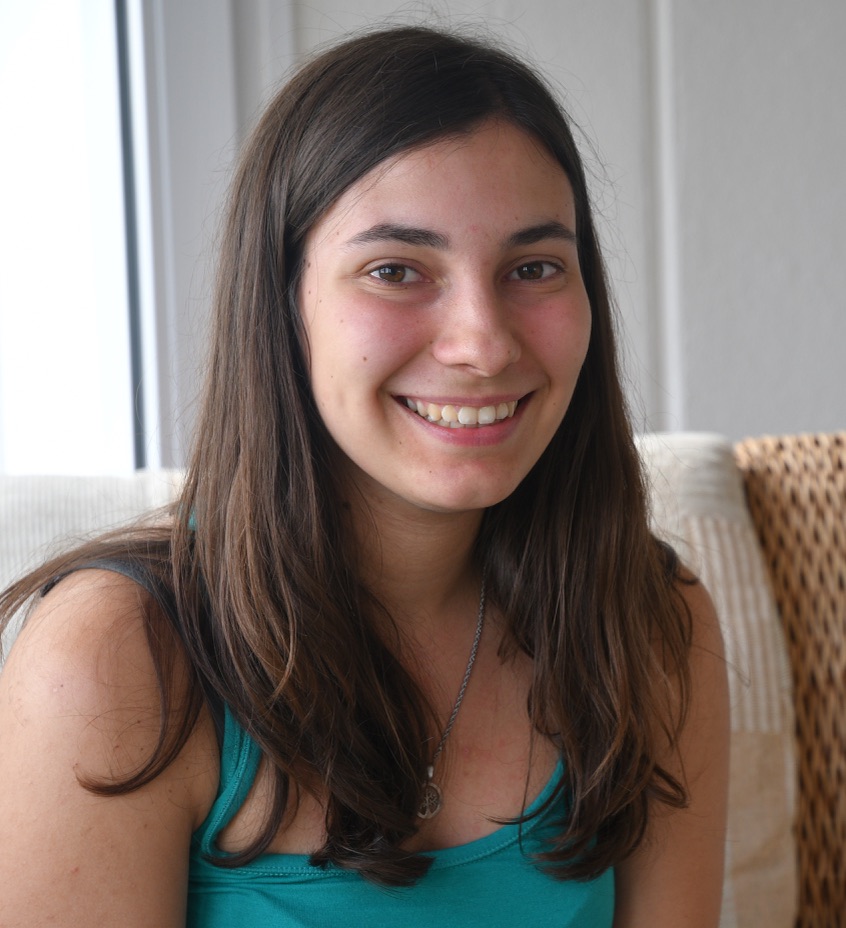- What’s your name? Where are you from?
My name is Giulia Roccetti and I come from Rome, Italy. I grew up in the sunny Ostia, which is the neighborhood of Rome near the seaside.
- What institution do you work for?
I am a first year Ph.D. student at the European Southern Observatory (ESO) in Garching near Munich and at the Ludwig-Maximilian University of Munich (LMU). I am working on a joint project between astrophysics and atmospheric physics to study planetary atmospheres and habitability.
- What was your professional career?
I pursued my Bachelor studies in Physics at Sapienza University of Rome, where I first discovered exoplanet research thanks to a topical lecture series. In my Bachelor’s Thesis I applied Machine Learning techniques to exoplanets characterization. Then, I moved to Munich where I got a Master’s degree in Physics with specialization in Astrophysics at LMU, specializing even more in planetary atmospheres.
- What scientific questions do you seek to answer?
In my Master’s Thesis, I investigated the habitability of exomoons orbiting free-floating planets. In general, I am interested in the characterization of the exoplanets’ atmospheres and surfaces to try to understand if these environments are potentially habitable.
- What methods do you use for that?
To do so, I mostly use numerical simulations, such us radiative transfer models, and I combine the results with observations. I also used dynamical simulations for the evolution of the orbital parameters of planetary systems. Soon, I am planning to start to use General Circulation Models to study the climates of exoplanets. Most of my excitement comes from the perspective that, in the next future, we will characterize terrestrial exoplanets in search for biosignatures.
- Where do you see connections between your topic and other scientific fields?
To study the habitability of exoplanets, it is important to characterize them from many different perspectives. This is because habitability constraints come from many different scientific fields which are intertwined between each other, such as atmospheric physics, biophysics, geophysics and chemistry.
- Can you speculate what new insights into your research area we might have in ten years’ time?
In ten years, thanks to the next generation of ground-based and space-based facilities, we will be able to characterize the atmospheres of terrestrial exoplanets. At that time, we will finally start to understand the diversity of terrestrial planets and how special is the Earth compared to exoplanets in the habitable zones of other stars.

